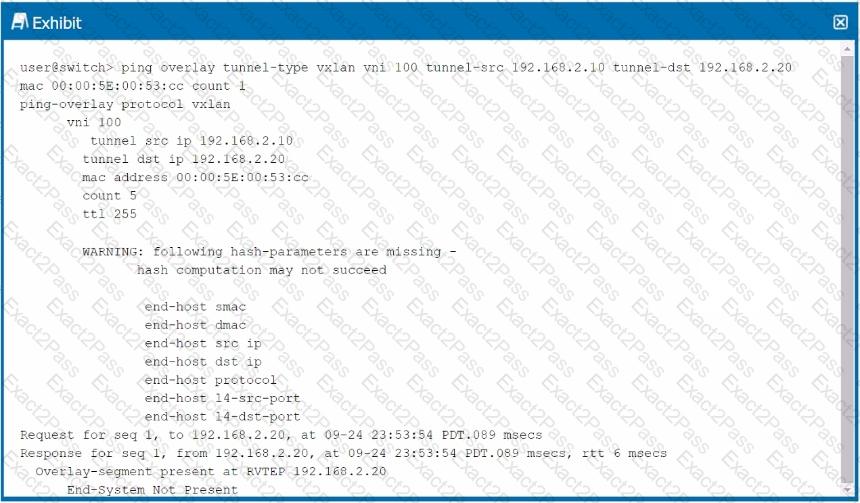JN0-683 Dumps With Exact Questions and Answers
Exact2pass Provides 100% Valid Data Center Professional (JNCIP-DC) Exam JN0-683 Exam dumps Questions and answers which can helps you to Pass Your Certification Exam in First Attempt.
JN0-683 PDF

$33.45
- Last Update: 26-Dec-2025
- 66 Questions With Explanation
- 24/7 customer support
- Unlimited Downloads
- 90 Days Free Updates
JN0-683 PDF + Testing Engine

$46.35

- Last Update: 26-Dec-2025
- 66 Questions and Answers
- Single Choice: 29 Q&A's
- Multiple Choice: 37 Q&A's
JN0-683 Testing Engine

$36.15
- Quick and safe approach to your success
- 24/7 customer support
- Unlimited Downloads
- 90 Days Free Updates
- Last Update: 26-Dec-2025





